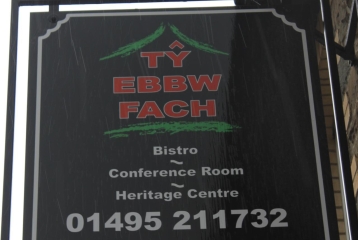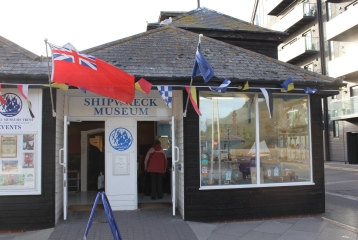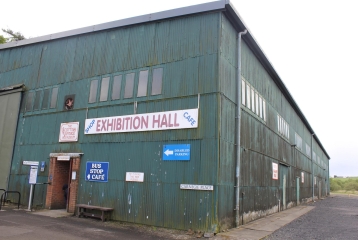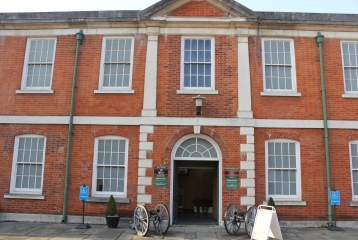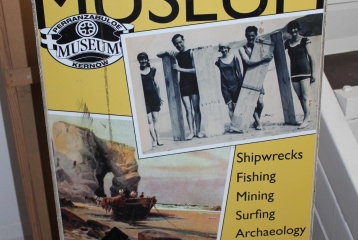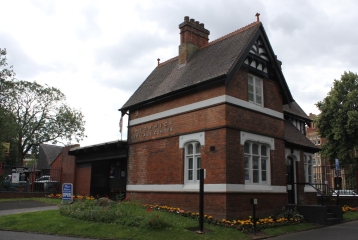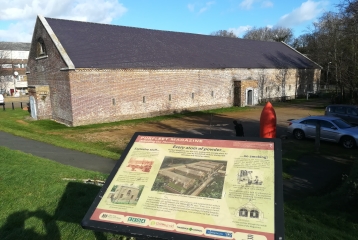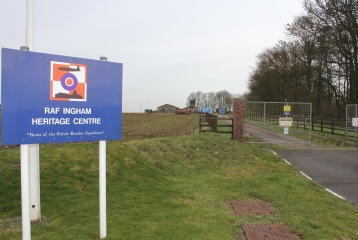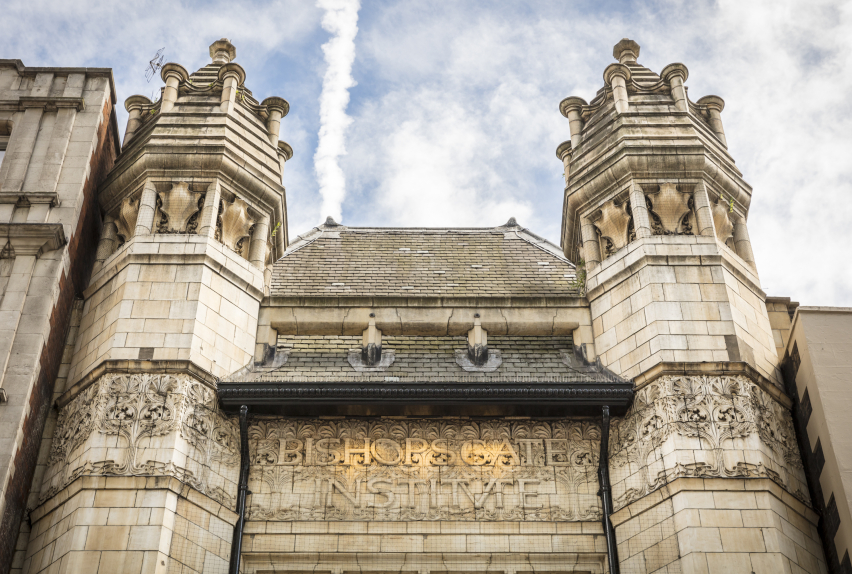Scottish Vintage Bus Museum
About this Archive
The Mapping Museum research project was created to look at the increase in the number of museums in the UK. As part of this project, Jasper Pettie was interviewed about the Scottish Vintage Bus Museum.
Explore more about the Mapping Museum project here and read Pettie's interview below:
Interview summary
Name of person being interviewed: Jasper Pettie
Location of interview: Scottish Vintage Bus Museum
Date of Recording: 21 May 2019
Recording Length: 01:32:34
Name of interviewer: Dr Toby Butler
Description: The Scottish Vintage Bus Museum is home to over 180 buses dating from the 1920s onwards on a large complex that includes workshops, storage sheds and an exhibition hall; most buses are owned by individuals who pay a subscription to store their buses at the museum and to have access to the archives and workshop facilities.
Summary of main points in interview: Jasper Pettie is the founding trustee of the Scottish Vintage Bus Museum. He explains how he was fascinated by buses as a child and enjoyed their variety. After school he became a chartered accountant and became involved with a restoration group while working in Vancouver, Canada.
He describes the bus preservation scene in Scotland in the 1950s and 1960s. He bought a bus and needed to find a place to store it. A shed and yard in Dalkeith came up for sale and he borrowed money to buy it, renting space to other bus enthusiasts to cover the repayments. Pettie describes how they moved to a bigger site at Whitburn that could take 30 or 40 buses, and established the museum in 1985 as a registered charity.
An ex-MOD naval storage base became available and eventually they bought half the site, 45 acres including large storage sheds. Pettie describes the main events and open days they run. He explains why he enjoys bus restoration and how you can learn skills and it can be a rewarding hobby, and the profile of people attracted to bus restoration. He covers the history of bus collecting and some major historical turning points in bus design; the visitor profile and the voluntary nature of the museum.
He discusses income and costs of running the museum and developing and maintaining the site. Pettie also describes how the governance of the charity has developed and how the organisation is run (it has over 400 members who get a regular newsletter). He describes the satisfaction of developing the museum and transforming the site.
TRANSCRIPT ONLY; NO AUDIO FILE PROVIDED
